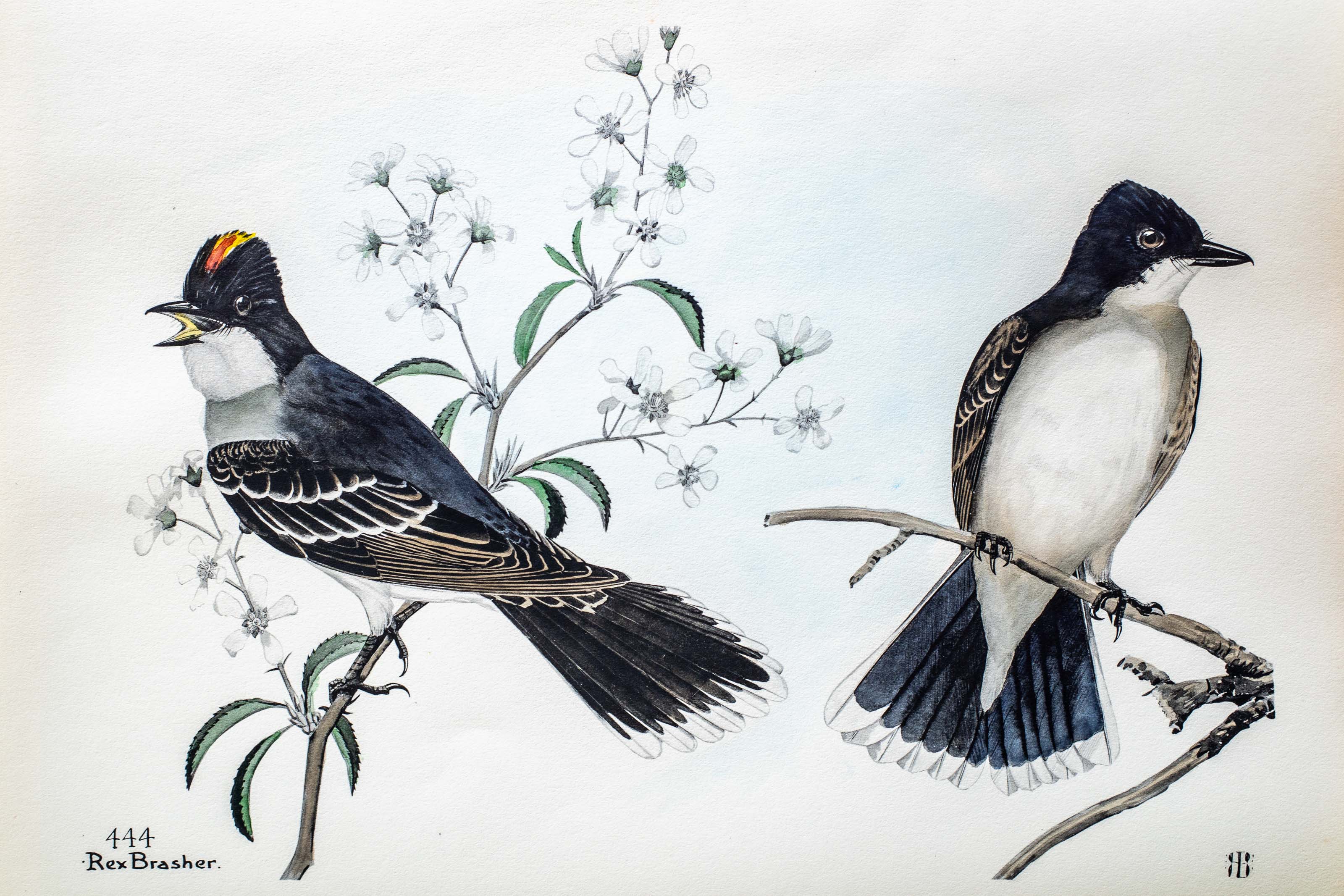
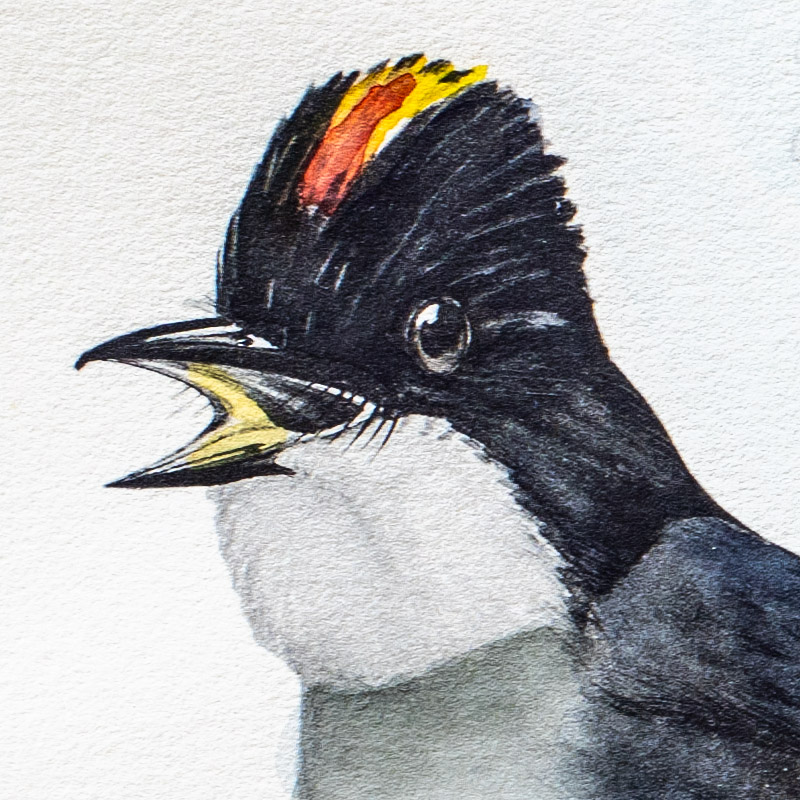
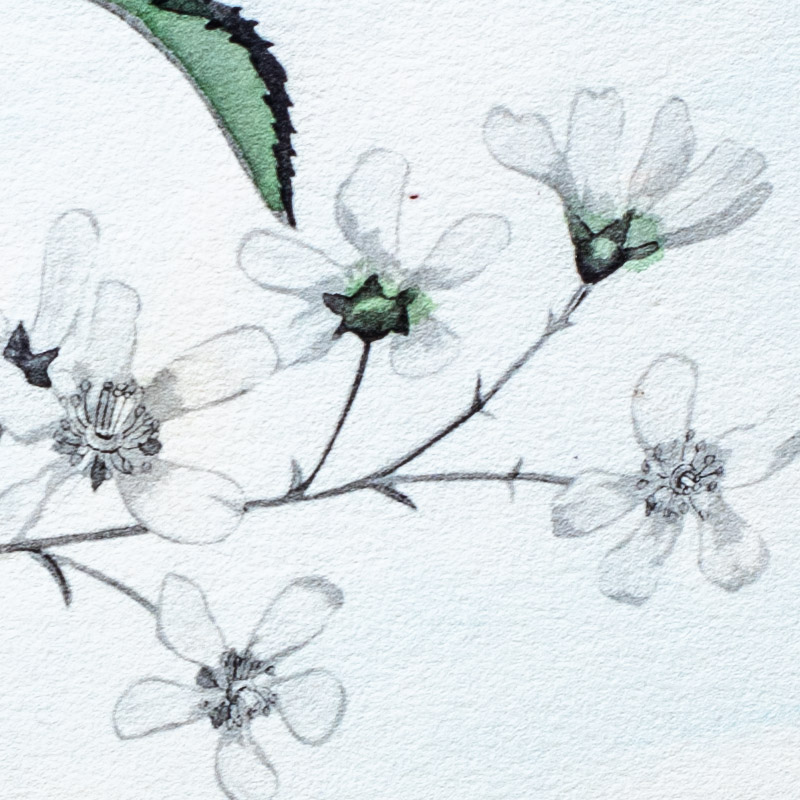
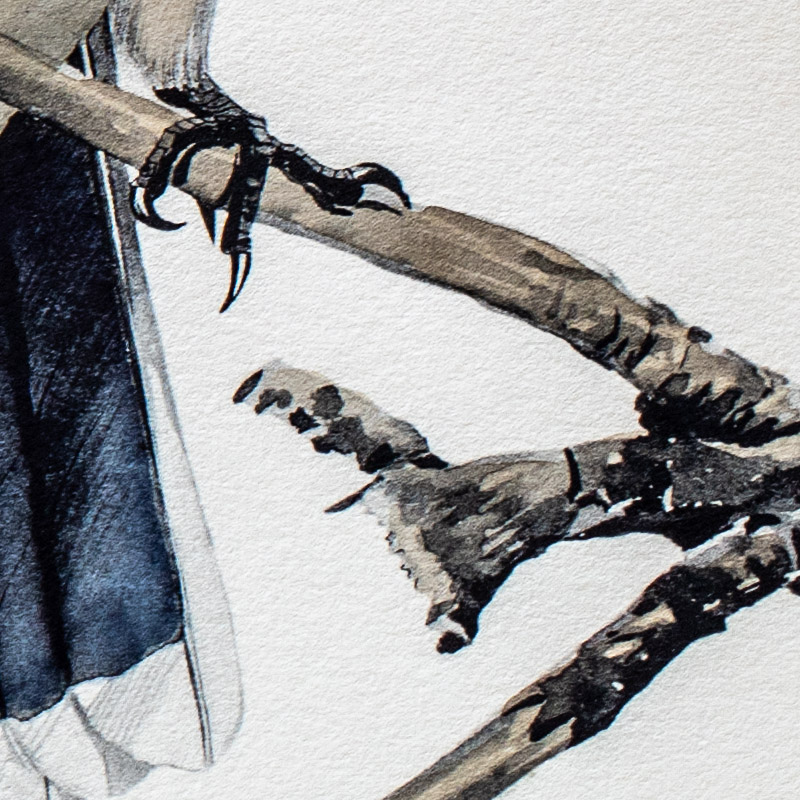
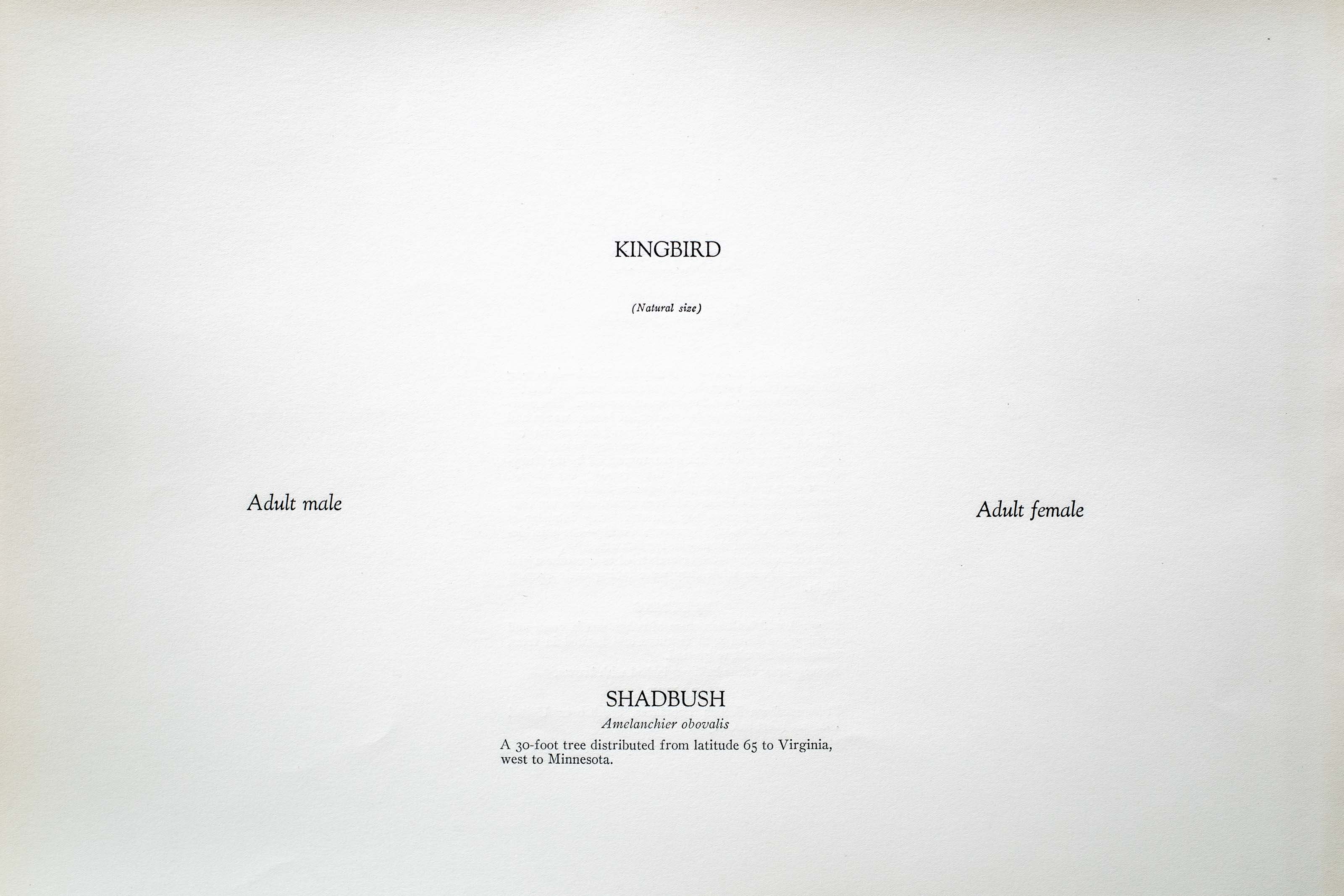
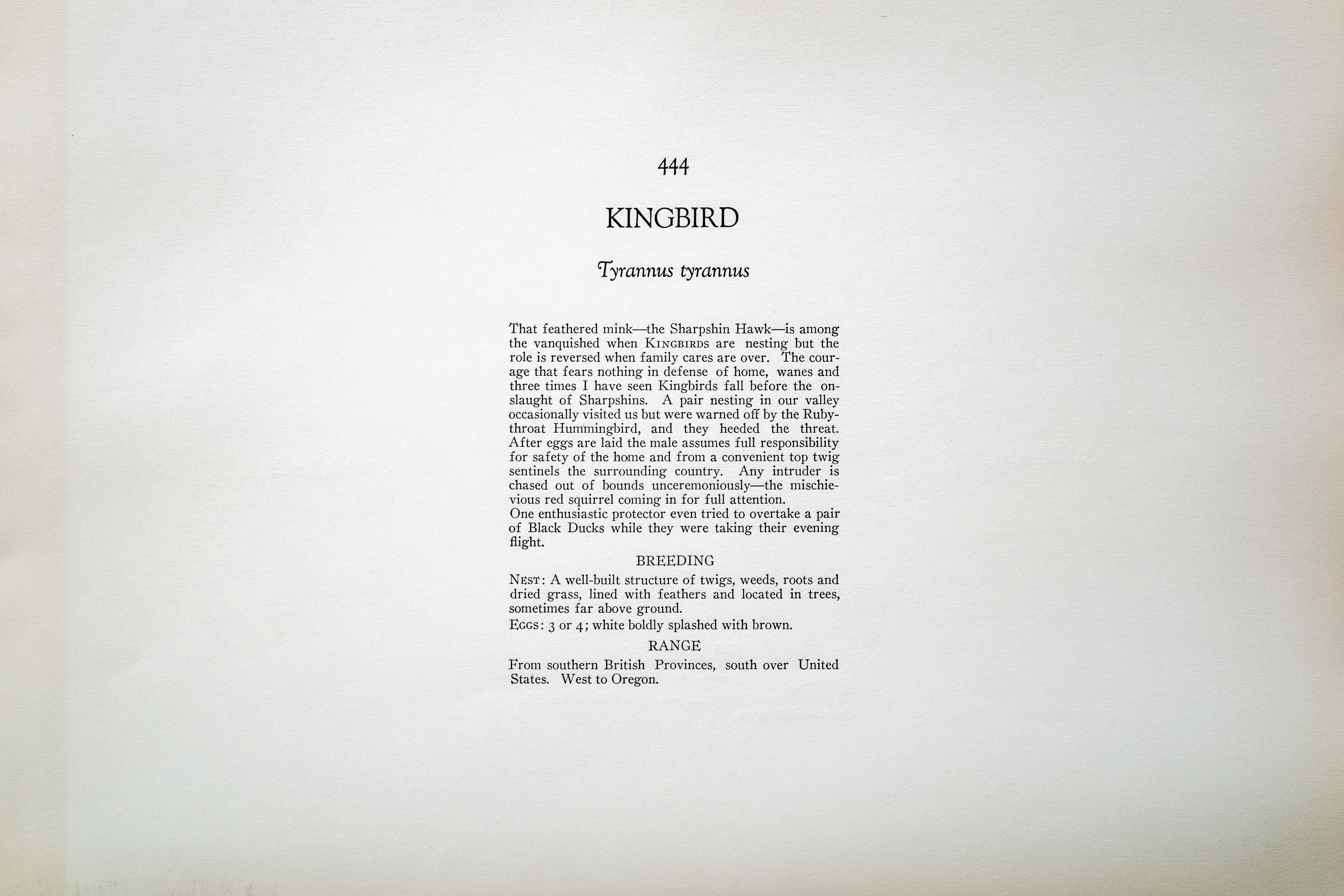

Unknown
1931
7
444
A team of dedicated board members, volunteers, and student interns has published every page in Volume 9. This volume includes 360 images of paintings and lyrical descriptions of birds, now available online for everyone to enjoy anywhere in the world. This is a monumental task. Each volume requires approximately 400 hours to photograph, edit, transcribe, catalog, and publish online. We need your support to complete this work.
If you're tech-savvy, have a good eye, are meticulous with details, and love structured data, please consider volunteering by emailing us at hello@rexbrasher.org.
We encourage all bird lovers and supporters to consider a monetary donation to support our mission to make Rex's work available for everyone. You can provide a one-time or recurring donation online.
That feathered mink — the Sharpshin Hawk — is among the vanquished when KINGBIRDS are nesting but the role is reversed when family cares are over. The courage that fears nothing in defense of home, wanes and three times I have seen Kingbirds fall before the onslaught of Sharpshins. A pair nesting in our valley occasionally visited us but were warned off by the Rubythroat Hummingbird, and they heeded the threat. After eggs are laid the male assumes full responsibility for safety of the home and from a convenient top twig sentinels the surrounding country. Any intruder is chased out of bounds unceremoniously — the mischievious red squirrel coming in for full attention.
One enthusiastic protector even tried to overtake a pair of Black Ducks while they were taking their evening flight.
NEST: A well-built structure of twigs, weeds, roots and dried grass, lined with feathers and located in trees, sometimes far above ground.
EGGS: 3 or 4; white boldly splashed with brown.
From southern British Provinces, south over United States. West to Oregon.
A 30-foot tree distributed from latitude 65 to Virginia, west to Minnesota.